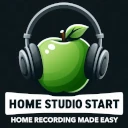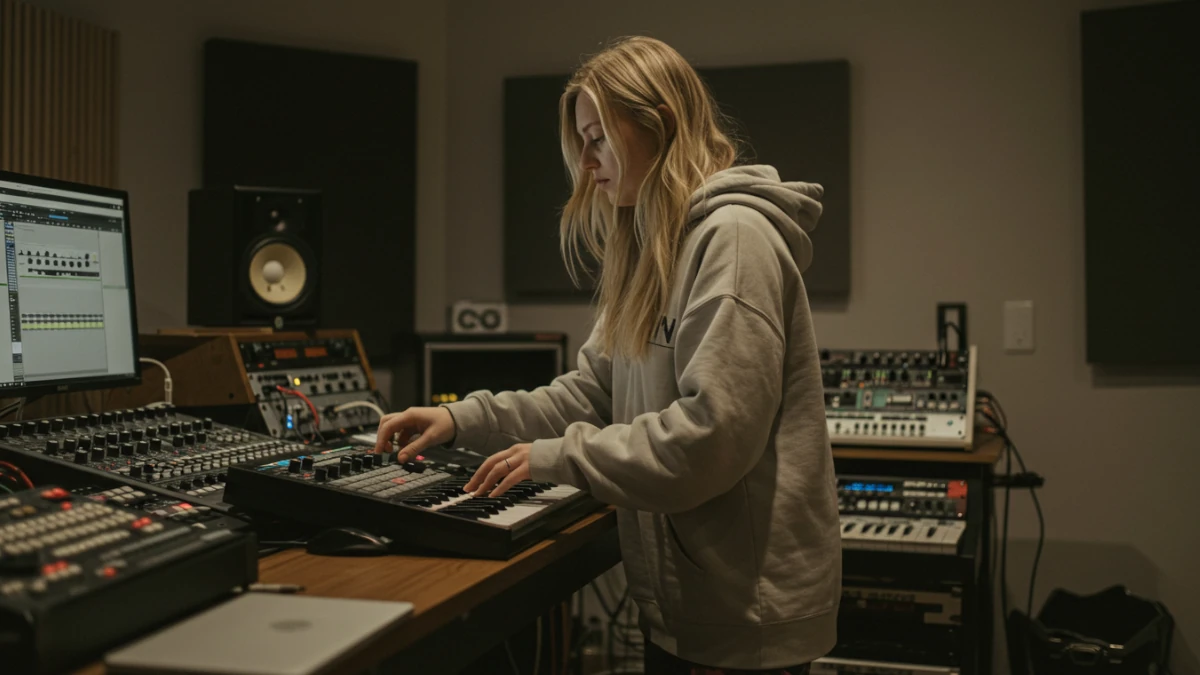Imagine transforming your home studio into a powerhouse of sonic possibilities, with just a few clicks. Whether you’re a budding bedroom producer or a seasoned audio maestro, the right sample library can elevate your music creation to new heights. Picture this: seamless access to lush orchestral strings, punchy drums, ethereal synth pads, or even the subtle creak of a vintage piano bench. Intrigued yet?
In today’s dynamic music-making landscape, sample libraries are the secret weapon hiding in plain sight, ready to breathe life into your tracks. Ever wonder how your favorite artists craft those rich soundscapes or that compelling beat? Often, it starts with a stunning sample that sparks inspiration and drives the creative process. Now, you might be asking, “Which sample library should I choose for my home recording adventures?” Well, that’s where this guide comes into play!
Settle in as we dive into the best sample libraries for home recording. We’ll explore options suitable for every genre and budget, offering up pro tips, detailed examples, and real-world applications that you can integrate into your workflow today. Curious to amp up your production game and unlock a goldmine of musical potential? Keep on reading—you’ll soon discover which libraries can help you craft magic right from the comfort of your home.
1. Variety and Quality of Instruments
Diving into the world of home recording can feel like stepping into a treasure trove of musical possibilities. One of the most critical aspects of this journey is the variety and quality of instruments available in your sample library. Whether you’re creating a full orchestral score or a minimalist electronic beat, the right sample library can elevate your music production to new heights.
Broad Range of Choices
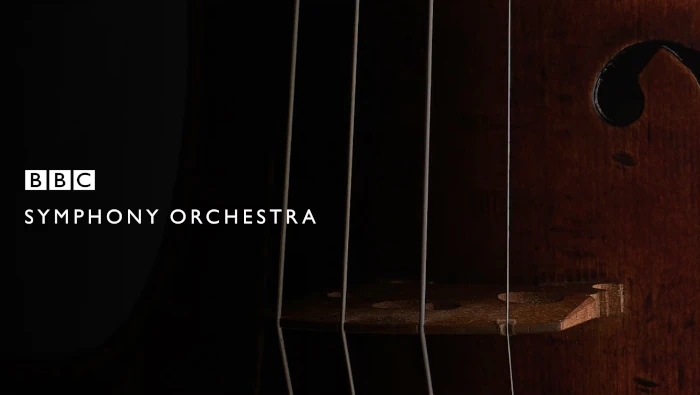
When selecting a sample library, the variety of instruments is paramount. Look for libraries that offer a broad range of choices, from acoustic pianos to exotic world instruments. For instance, Spitfire Audio’s “BBC Symphony Orchestra” is a fantastic choice for those seeking orchestral sounds, providing everything from lush strings to thunderous percussion. On the other hand, Native Instruments’ “Kontakt” offers diverse instrument packs, allowing you to experiment with both traditional and electronic sounds.
Quality Over Quantity
While having a wide selection is beneficial, the quality of these samples is equally crucial. High-quality samples ensure that your music sounds professional and polished. Libraries like “EastWest Hollywood Orchestra” are renowned for their meticulous recording techniques, ensuring each note is captured with clarity and depth. Similarly, Spectrasonics’ “Omnisphere” is praised for its pristine sound quality, offering a plethora of atmospheric textures and effects.
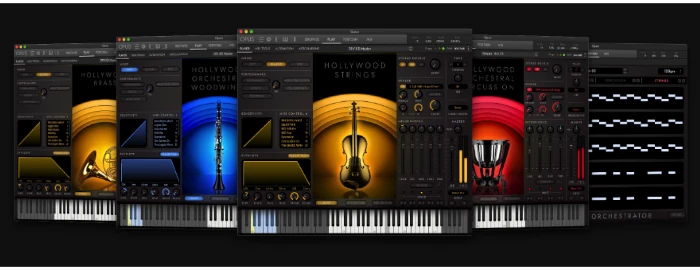
Practical Tips
Before purchasing, listen to demo tracks provided by the library developers. These can offer a glimpse into the quality and versatility of the instruments. Additionally, consider your specific needs and the genre of music you intend to produce. Investing in a few high-quality libraries that match your style can be more beneficial than acquiring numerous lower-quality options.
In summary, when it comes to sample libraries for home recording, both variety and quality play pivotal roles in shaping your sound. By choosing wisely, you’ll have a toolkit that inspires creativity and enhances your musical projects.
2. Affordability and Licensing
Diving into the world of sample libraries can be as daunting as it is exciting. One of the key considerations, especially for home recording enthusiasts on a budget, is affordability and licensing. Sample libraries can range from free to thousands of dollars, and understanding what fits your needs without breaking the bank is crucial.
Understanding Your Budget
Before you start shopping, set a clear budget. Many sample libraries offer tiered pricing, allowing you to start small and expand as your needs and skills grow. For instance, companies like Spitfire Audio provide free options like the LABS series, which offers high-quality sounds at no cost. It’s a great starting point for anyone testing the waters.
Licensing Made Simple
Equally important as price is the licensing agreement. Some libraries, like those from Native Instruments, come with clear licensing that allows for commercial use, which is perfect if you plan to monetize your music. Always check the licensing terms to ensure you’re compliant, avoiding potential legal headaches down the line.
Practical Tips
Consider bundles or subscription models. Platforms like EastWest offer ComposerCloud, a subscription service providing access to extensive libraries for a manageable monthly fee. It’s a cost-effective way to experiment with different sounds and find what truly enhances your music without committing to a hefty upfront purchase.
Lastly, keep an eye out for seasonal sales and discounts. Many companies offer significant discounts during holidays or special events, allowing you to grab premium libraries at a fraction of the cost.
3. User Interface and Ease of Use
When diving into the world of the best sample libraries for home recording, the user interface and ease of use can make or break your experience. Imagine opening up a new library, only to be greeted by a convoluted interface that feels like deciphering hieroglyphics. Not exactly inspiring, right? This is why it’s crucial to consider how intuitive and user-friendly the software is before making a purchase.
The Importance of Intuitive Design
An intuitive design allows you to focus more on your creativity and less on deciphering the controls. Think of it like driving a car; you want the dashboard to be straightforward and the controls to be within easy reach. Sample libraries with clean layouts, clearly labeled buttons, and logical navigation will enhance your workflow significantly.
Examples of User-Friendly Libraries
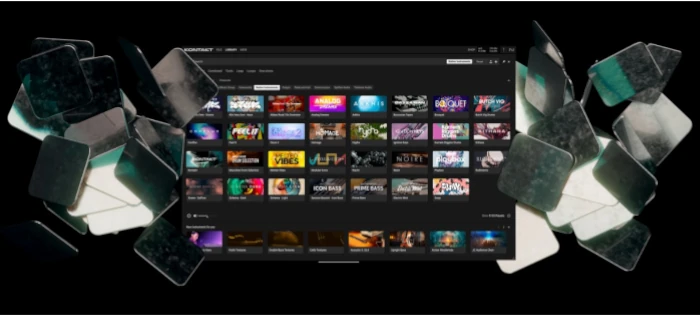
Take, for instance, the celebrated Spitfire Audio LABS. This library is renowned not only for its high-quality samples but also for its minimalist and accessible interface. Users can quickly navigate through sounds, tweak parameters, and incorporate them into their projects without a steep learning curve. Another great example is Native Instruments Kontakt, which, despite its depth and capabilities, offers a user-friendly interface with extensive online tutorials and community support.
Practical Tips for Evaluating Ease of Use
When evaluating a sample library, consider these practical tips: First, watch demo videos or tutorials to see the interface in action. Next, explore user reviews and forums to gauge other producers’ experiences with the software. Lastly, if possible, download a trial version to test the waters yourself. These steps will help ensure that you choose a sample library that complements your creative process rather than complicating it.
4. Compatibility and System Requirements
When diving into the world of the best sample libraries for home recording, understanding compatibility and system requirements is crucial. Having the latest and greatest sample library is a fantastic asset, but it’s the tech specs that determine whether your setup can handle it without crashing your creativity.
Understanding Compatibility
The first step is to ensure that the sample library is compatible with your Digital Audio Workstation (DAW). Most libraries will specify which DAWs they are optimized for. For instance, Native Instruments’ Kontakt libraries commonly work with DAWs like Ableton Live, FL Studio, and Logic Pro X. However, always check the library’s specifications to confirm compatibility with your setup.
Consider the platform you’re using too. Some libraries are designed specifically for Windows or macOS. For example, the EastWest PLAY libraries are compatible with both, but certain features may perform better on one platform over the other. Reading user reviews and forums can provide insights into any quirks related to platform compatibility.
Reviewing System Requirements
Next, let’s talk about system requirements. Sample libraries can be resource-intensive, demanding substantial RAM and processing power. For instance, heavy orchestral libraries like Spitfire Audio’s BBC Symphony Orchestra require at least 8 GB of RAM, but 16 GB is recommended for optimal performance. A solid-state drive (SSD) is also preferable for faster load times.
Practical tip: Before purchasing, check your computer’s specifications against the library’s requirements. If your system is on the lower end of the spectrum, it might be wise to consider upgrading your hardware to avoid lag and crashes during recording sessions.
Ultimately, ensuring compatibility and meeting system requirements can make or break your home recording experience. By checking these factors in advance, you can focus on what truly matters—making music that moves you and your audience.
5. Customization and Expansion Options
When diving into the world of sample libraries for home recording, customization and expansion options become pivotal in shaping your unique sound. Not all sample libraries are created equal, and the ability to tweak and expand them can turn a good library into a great one.
Fine-Tune Your Sound
Firstly, customization allows you to mold samples to fit your musical vision. Libraries like Spitfire Audio and Native Instruments provide not just raw sounds but also powerful editing tools. For instance, with Native Instruments’ Kontakt, you can manipulate pitch, tempo, and even add effects to each sample, tailoring it to your specific needs. A practical tip here is to always experiment with the ADSR (Attack, Decay, Sustain, Release) settings to see how small changes can significantly alter a sound’s character.
Expanding Your Library
Moreover, expansion options offer a continually evolving musical toolbox. Many sample libraries offer additional packs or expansions that can be seamlessly integrated. Take Output’s Exhale for example; it’s a vocal engine that offers expansion packs which introduce new phrases and textures, keeping your production fresh and diverse. Always keep an eye on updates from your library providers, as they often introduce new content that can inspire and elevate your projects.
Real-Life Application
Consider a producer working on a cinematic score. By utilizing the expansion packs from EastWest’s ComposerCloud, they can access an array of orchestral sounds that can be customized to match the dynamics of the scene. This adaptability ensures that the music not only complements but enhances the visual narrative.
In conclusion, choosing sample libraries with robust customization and expansion options not only enhances creativity but also future-proofs your music production endeavors. Keep exploring and experimenting to find the perfect fit for your home studio setup!
Conclusion: Unleashing the Full Potential of Your Home Recording with Top Sample Libraries
Summarizing our dive into the world of sample libraries, it’s clear that these extensive collections are game-changers for home recording. First and foremost, they empower musicians and producers with the ability to access an endless array of high-quality sounds without leaving their creative space. Whether you’re crafting a cinematic score or producing a chart-topping hit, the best sample libraries cater to all creative needs.
Moreover, we emphasized the importance of matching sample libraries to your specific genre and style. From Abbey Road One for those symphonic delights to Spitfire Audio for lush orchestral harmonies, each library brings unique elements that can enhance your work.
Utilizing sample libraries also accelerates the production process while maintaining exceptional quality. With pre-recorded samples, gone are the days of laborious sound recording sessions. Simply a few clicks can transport your listeners to a bustling city street or a serene countryside walk through vivid auditory imagery.
Ultimately, the key takeaway is that choosing the best sample libraries can dramatically improve not only your production quality but also your workflow efficiency. The right selection can be the difference between a good track and a hit record.
Now, here’s your challenge: dive into the world of sample libraries and explore the options firsthand. Experiment with different sounds, genres, and textures. Don’t just take our word for it, experience how these sounds can transform your music. And remember, your next masterpiece might just be a sample library away. So, plug in your headphones, load up those samples, and unleash your creativity like never before!
